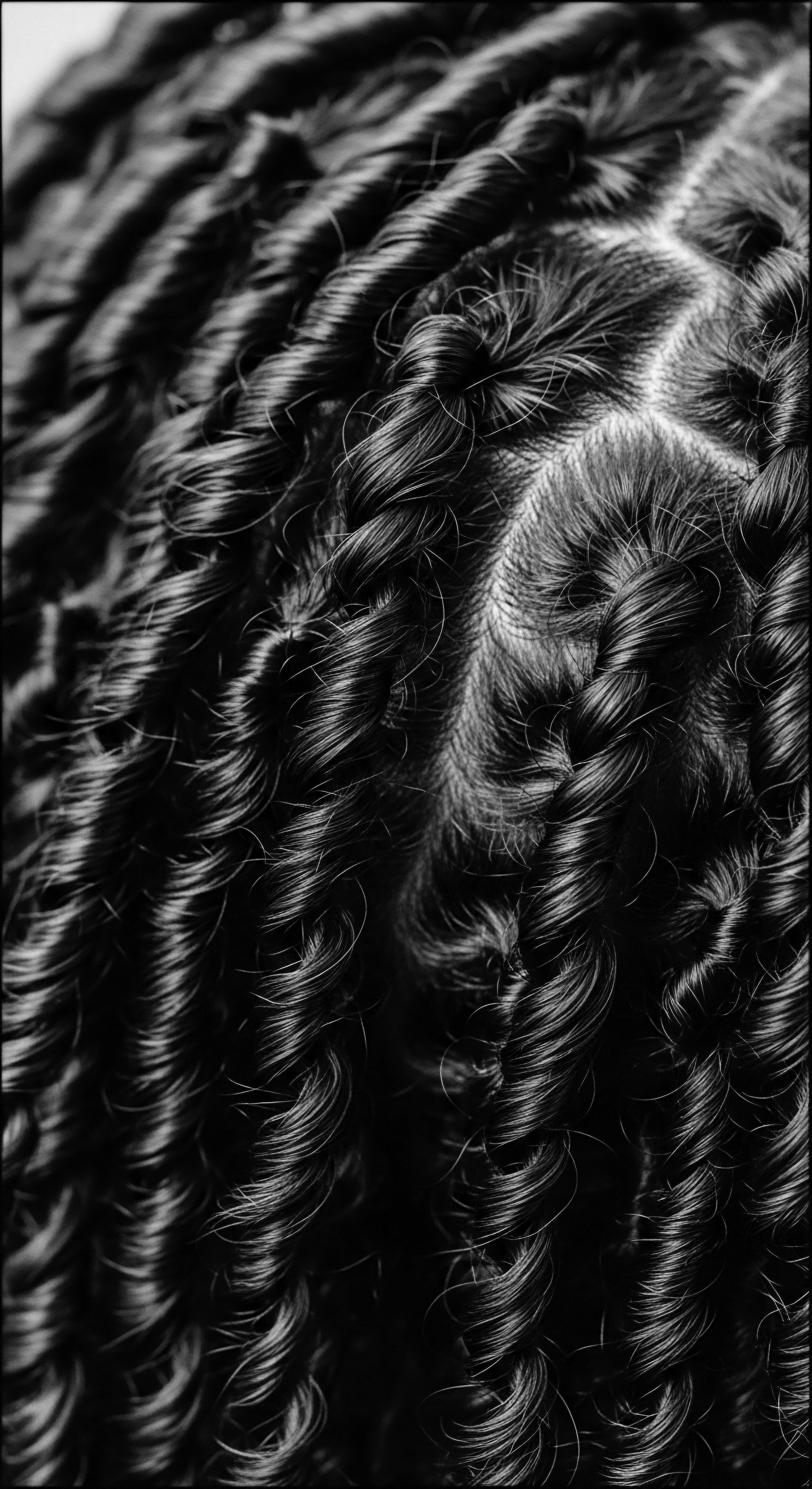
What ancient plant-based ingredients supported gentle hair care for textured strands?
Ancient plant-based ingredients, rooted in diverse cultural heritages, offered gentle care for textured strands, prioritizing moisture and strength.
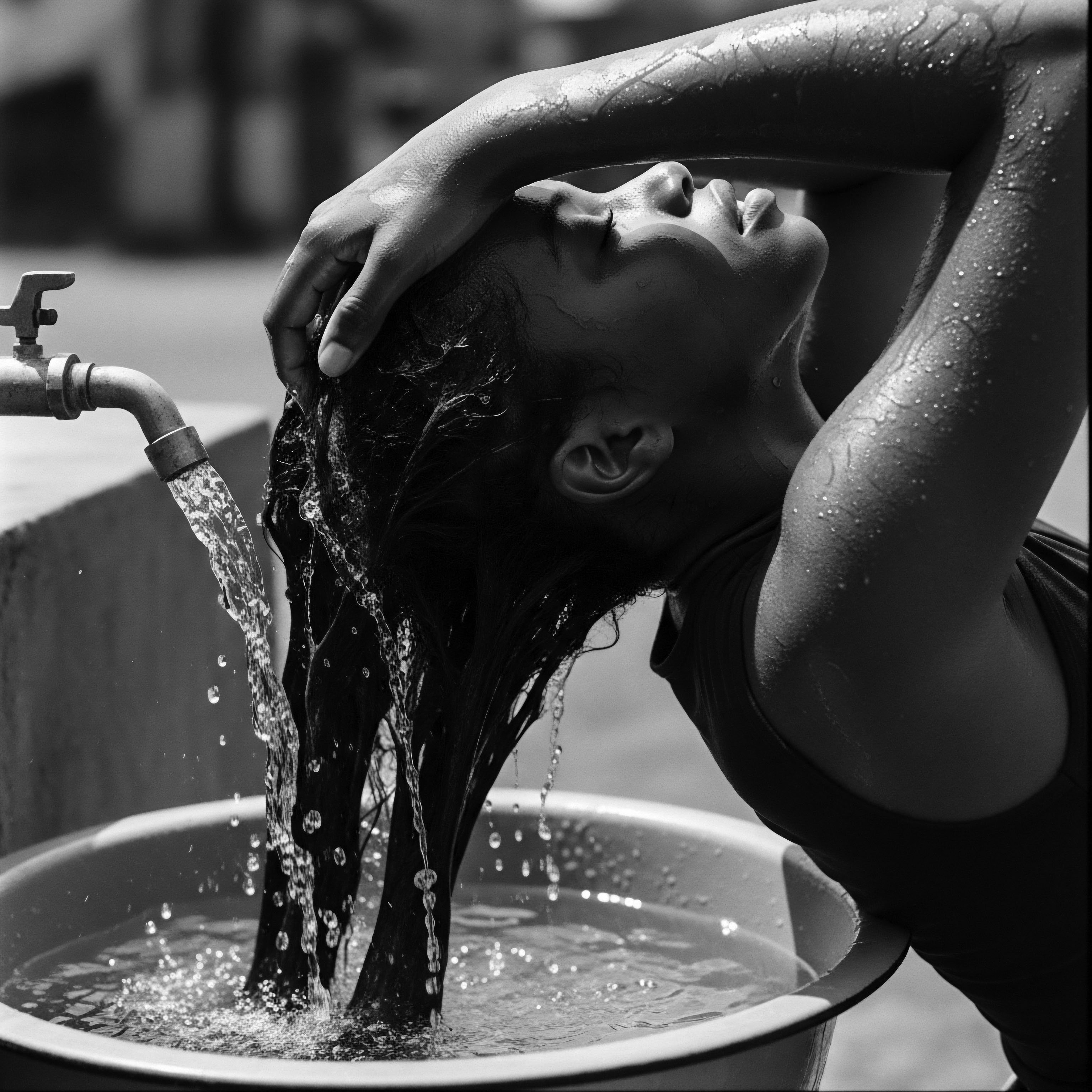
What traditional materials provided deep cleansing for textured hair?
Ancestral practices employed natural materials, like saponin-rich plants and mineral clays, to cleanse textured hair with gentle efficacy.
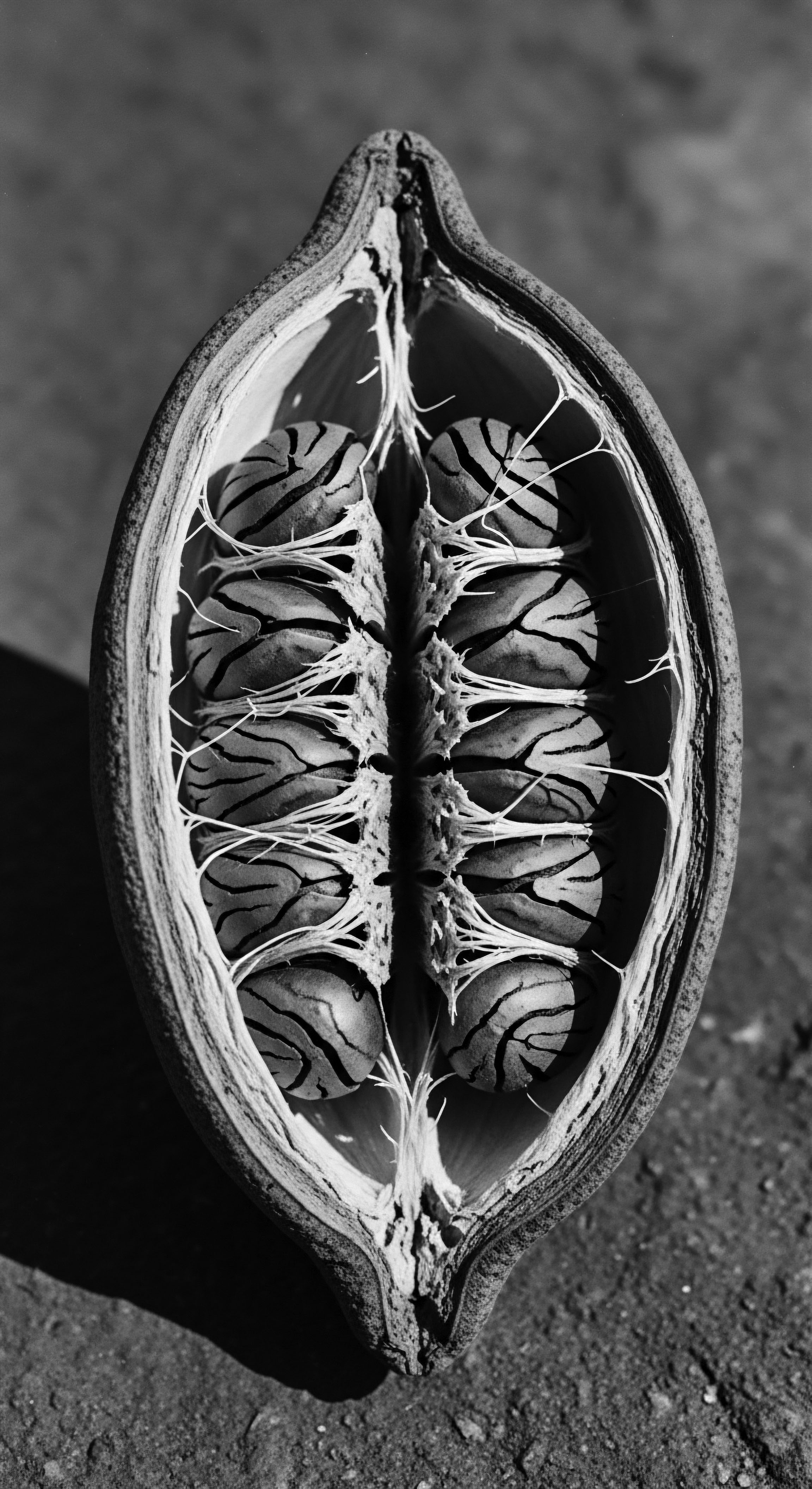
What botanical ingredients supported textured hair growth historically?
Historical textured hair growth was sustained by botanical ingredients like shea butter, castor oil, and Chebe powder, rooted in ancestral practices.
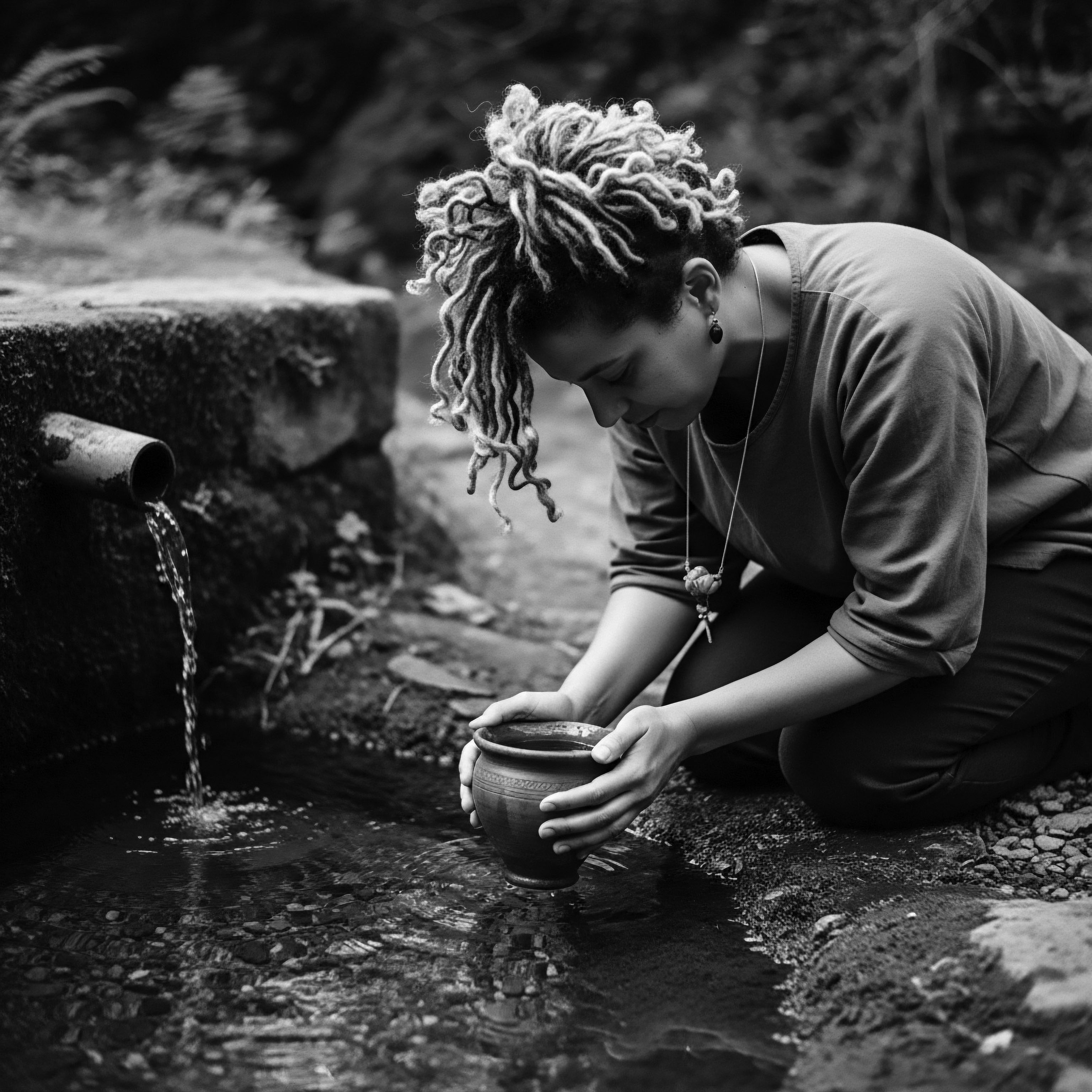
What historical plant ingredients cleansed textured hair?
Ancestral plant wisdom provided gentle cleansing for textured hair, honoring its unique biology and cultural heritage.

What earth-derived agents cleansed early textured hair?
Early textured hair was cleansed using earth-derived agents like saponin-rich plants, mineral clays, and acidic rinses, reflecting ancestral ingenuity.
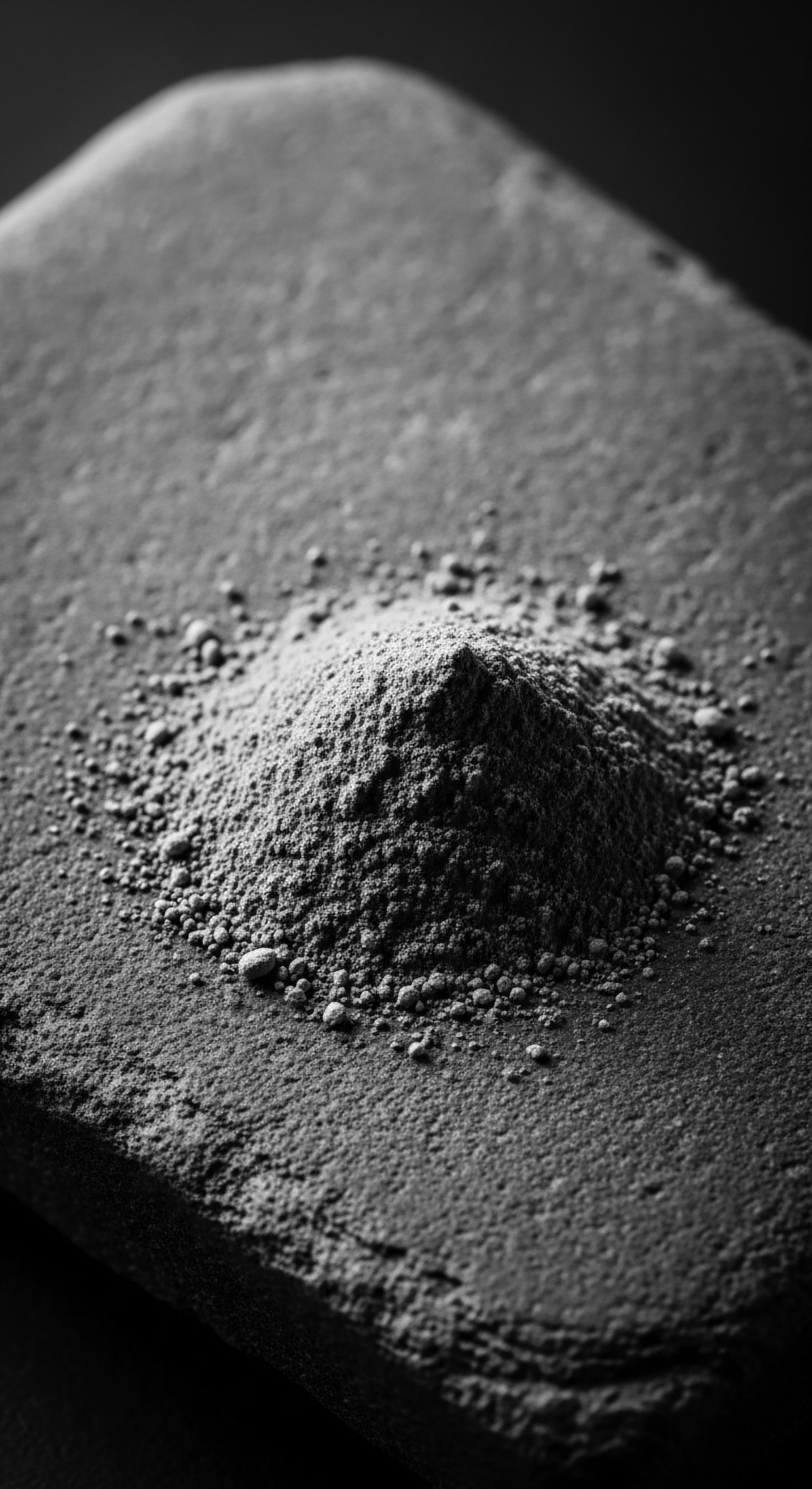
How did early cultures treat textured hair with oils?
Early cultures honored textured hair by applying natural oils, a practice rooted in deep ancestral wisdom and cultural heritage.
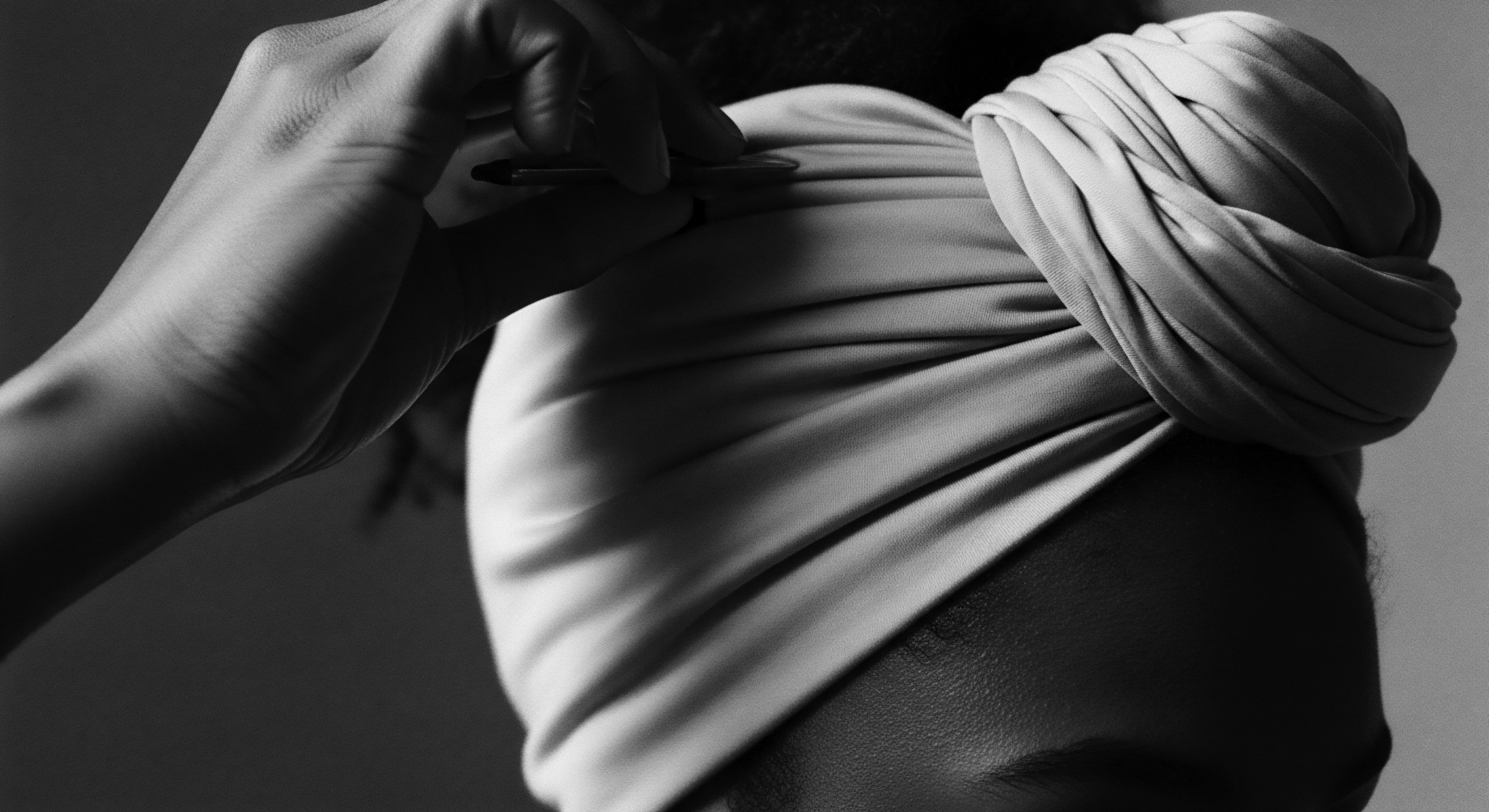
Can saponins calm an irritated scalp for textured hair?
Saponins from plants like shikakai and yucca, rooted in ancestral hair practices, can calm irritated textured scalps by providing gentle cleansing and anti-inflammatory properties.

Which ancestral plants strengthened textured strands?
Ancestral plants like Chebe, Amla, Fenugreek, and Yucca provided vital strengthening for textured strands, deeply rooted in cultural heritage.
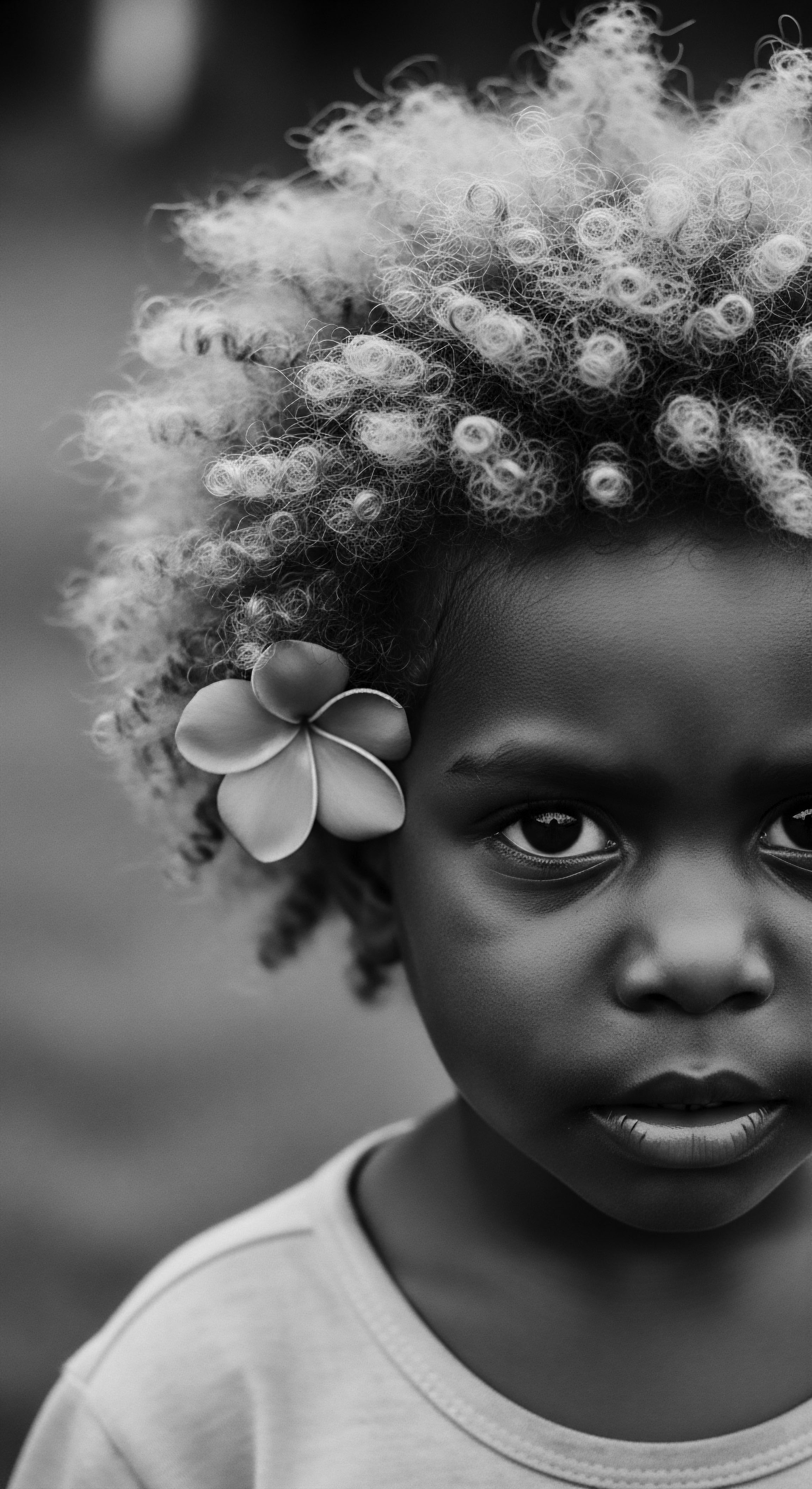
What ancient practices confirm oil benefits for textured hair?
Ancient practices confirm oil benefits for textured hair through millennia of consistent use across diverse heritage traditions.
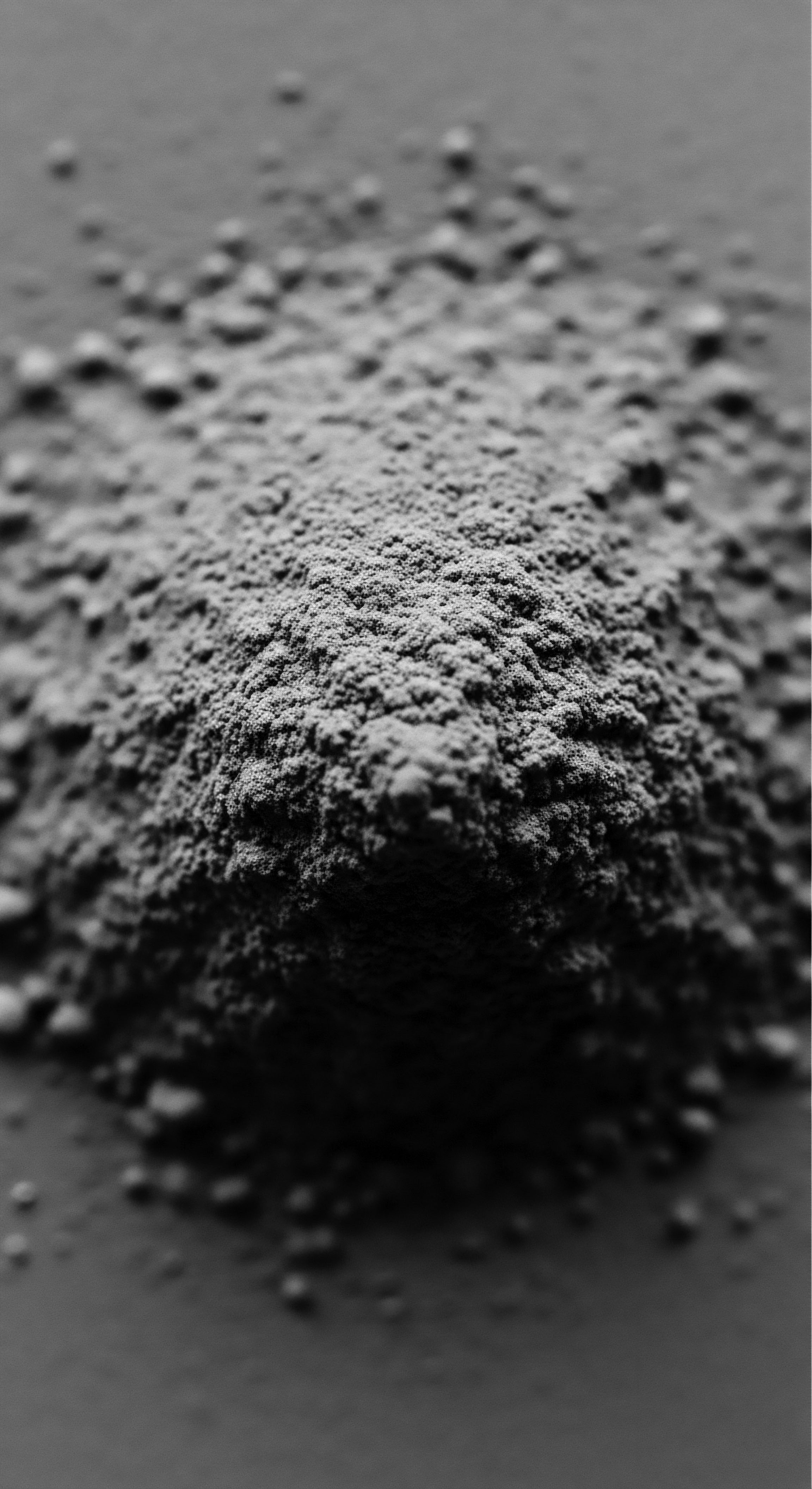
Which traditional ingredients supported length retention in textured hair?
Traditional ingredients like Chebe powder, shea butter, and various oils safeguarded textured hair length by providing moisture, strengthening strands, and reducing breakage, rooted in ancestral wisdom.
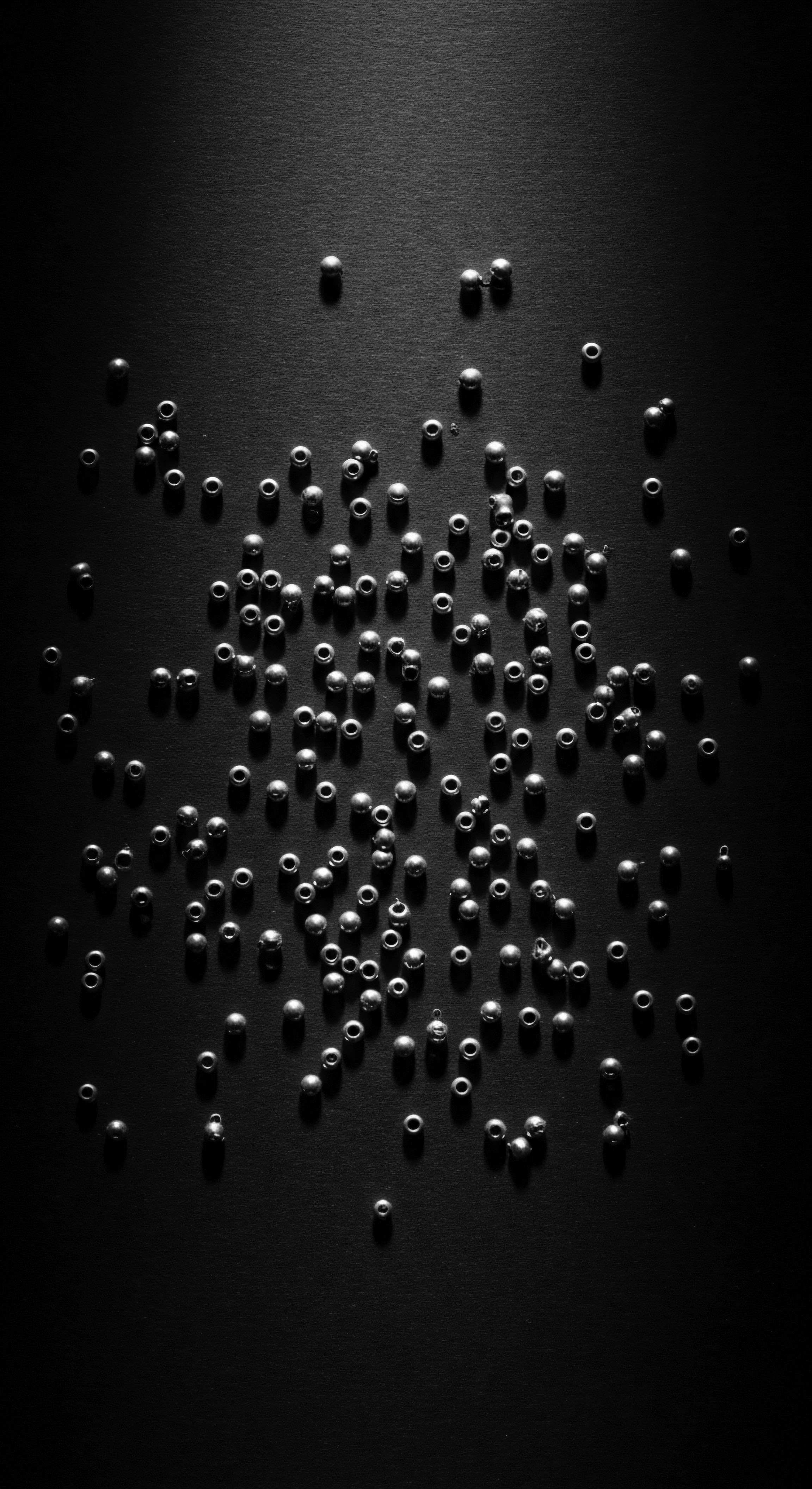
Can ancient Ayurvedic herbs offer lasting moisture for textured hair?
Yes, ancient Ayurvedic herbs, rooted in generations of care, provide lasting moisture for textured hair by improving cuticle health and retention.
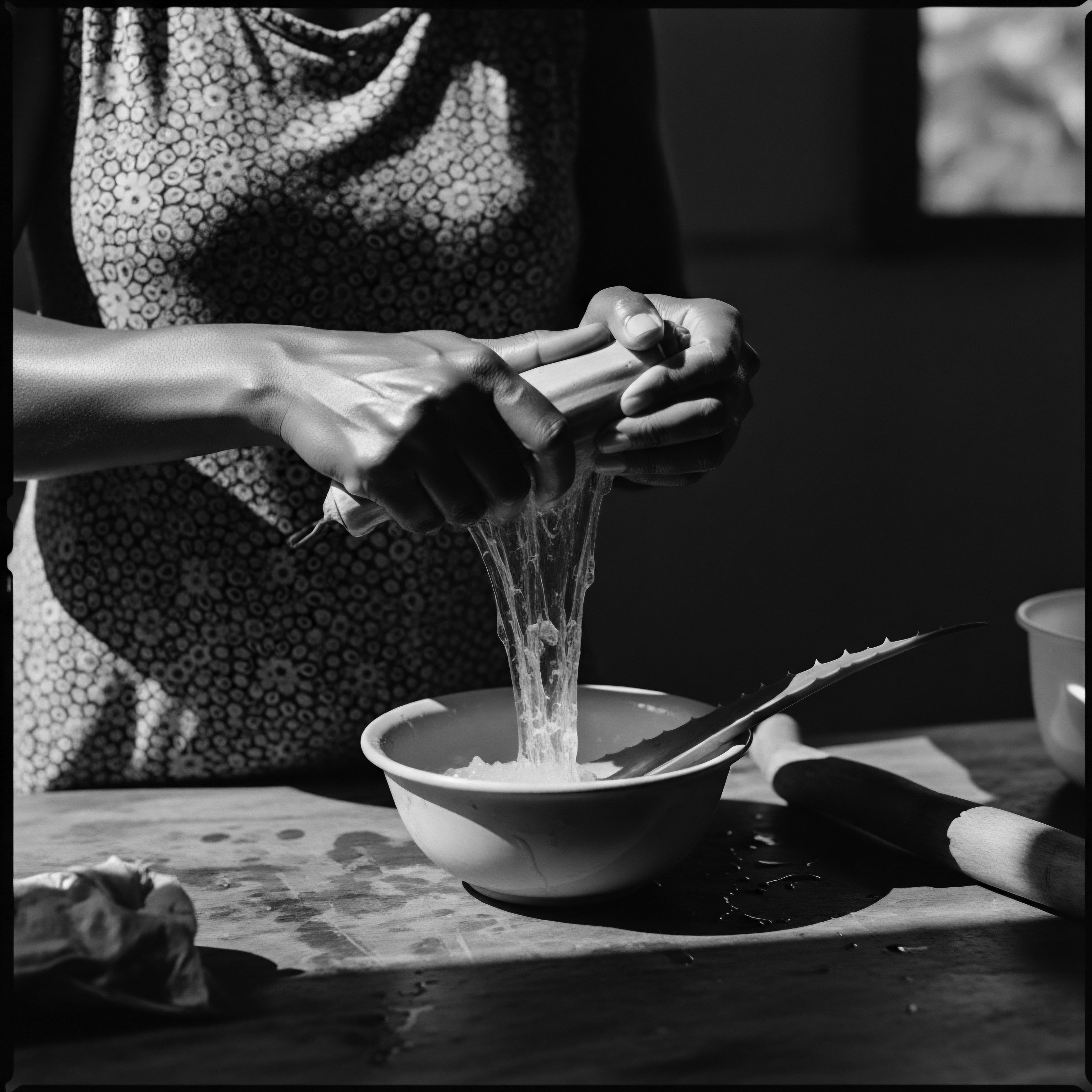
What ancient ingredients nourish textured hair effectively?
Ancient ingredients for textured hair, rooted in ancestral practices, provide profound moisture, strength, and scalp health, reflecting a deep heritage of holistic care.

What traditional ingredients from heritage practices enhance hair resilience and protein structure?
Traditional heritage ingredients enhance textured hair resilience by fortifying protein structure through protection, moisture, and ancestral wisdom.

Can ancient hair care ingredients offer solutions for modern textured hair challenges?
Ancient ingredients offer proven solutions for textured hair challenges by honoring its unique biological and cultural heritage.

What ancestral herbs promote growth for textured hair?
Ancestral herbs, deeply rooted in heritage, nourish textured hair by strengthening strands and stimulating scalp vitality.
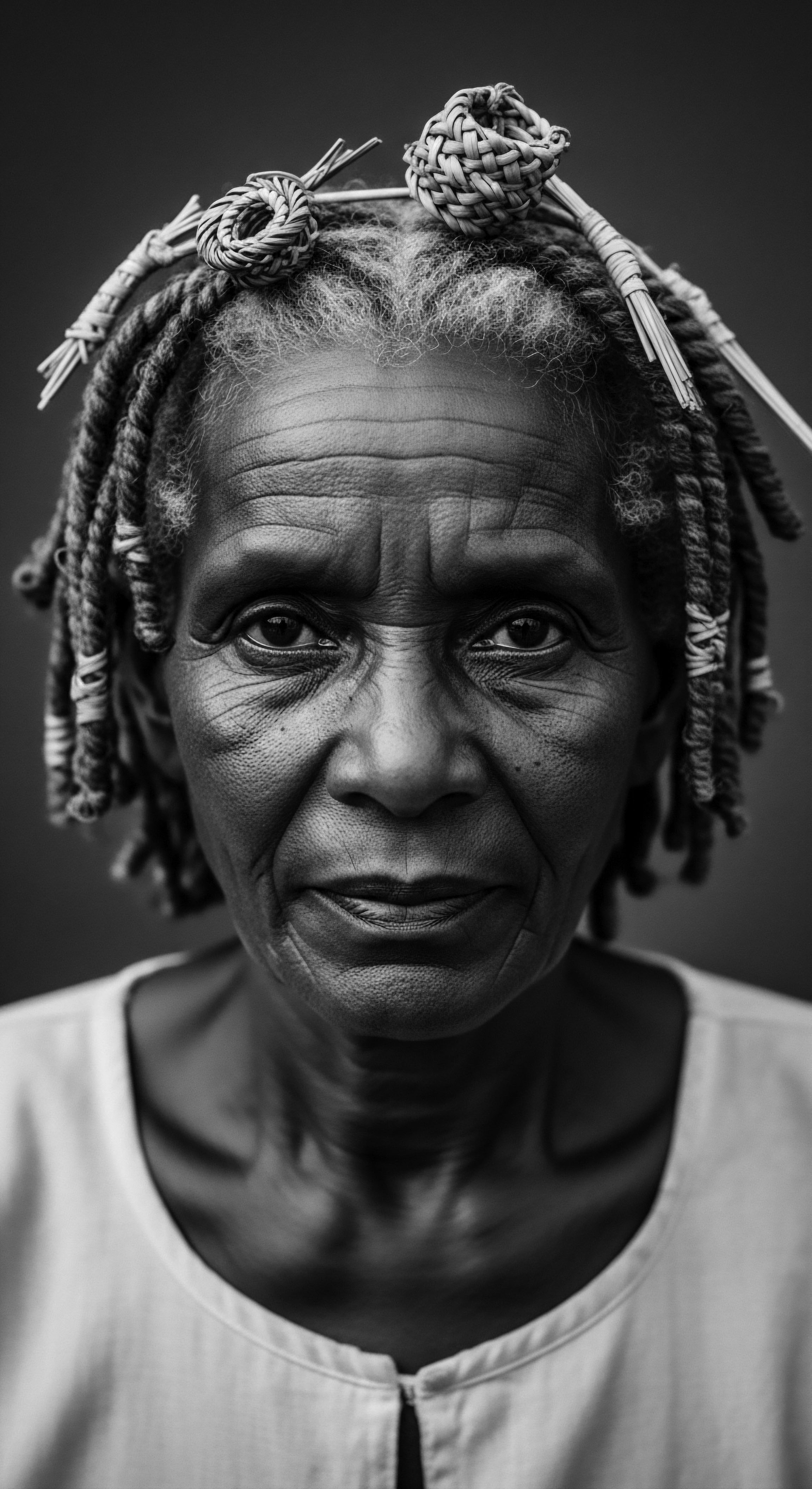
What ancestral cleansing rituals can enhance textured hair regimens today?
Ancestral cleansing rituals for textured hair, rooted in heritage, often used natural saponin-rich plants and clays for gentle, nourishing purification.
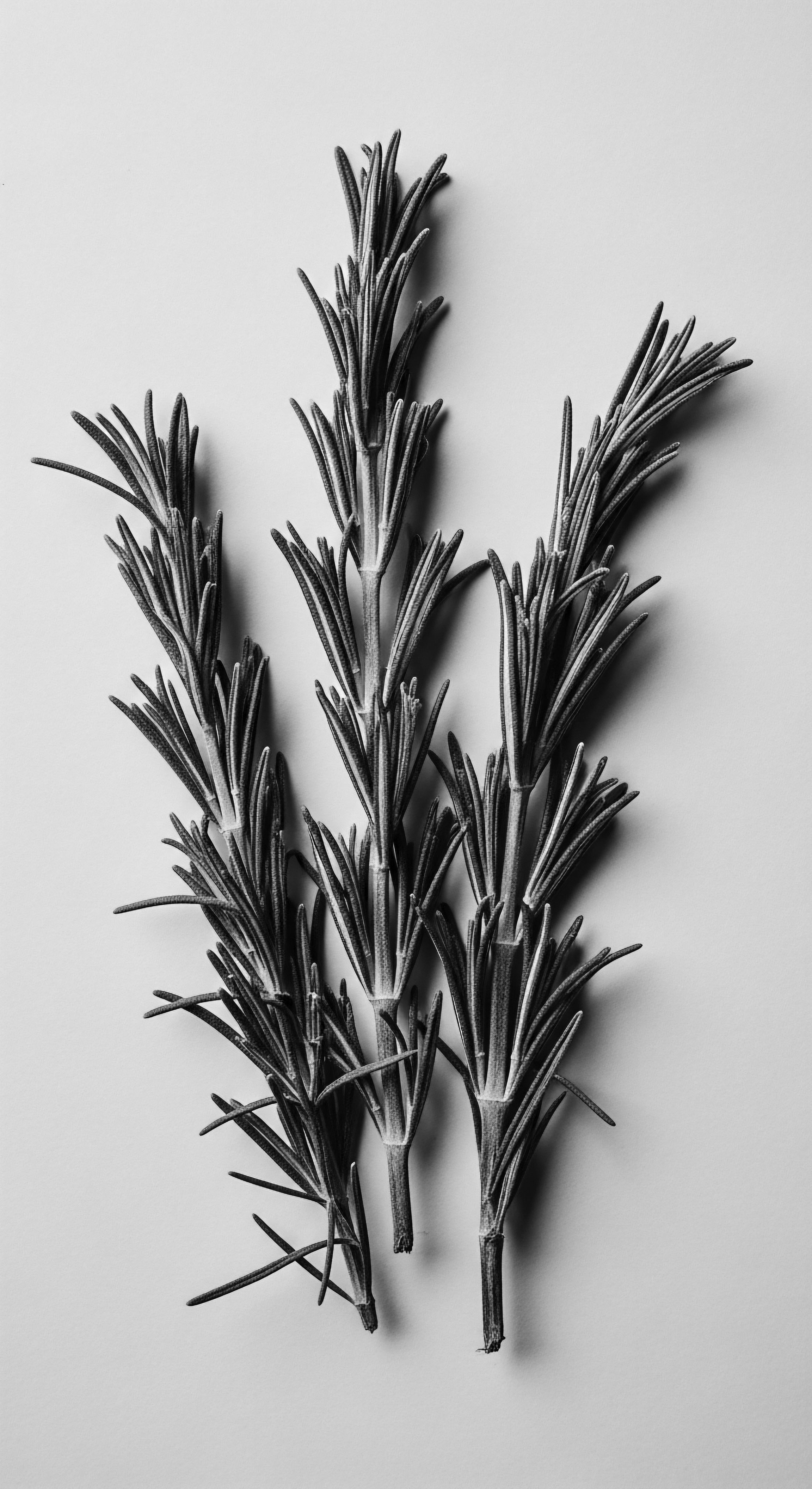
What traditional ingredients were used for textured hair care and their benefits?
Traditional ingredients for textured hair care provided holistic nourishment and protection, reflecting a rich ancestral heritage.

How can Ayurvedic principles benefit textured hair?
Ayurvedic principles offer a holistic approach to textured hair care, deeply connected to heritage and ancestral wisdom.

What traditional ingredients supported textured hair growth across generations?
Ancestral ingredients from diverse global communities nurtured textured hair, promoting growth through moisture, strength, and scalp health, deeply linked to cultural heritage.
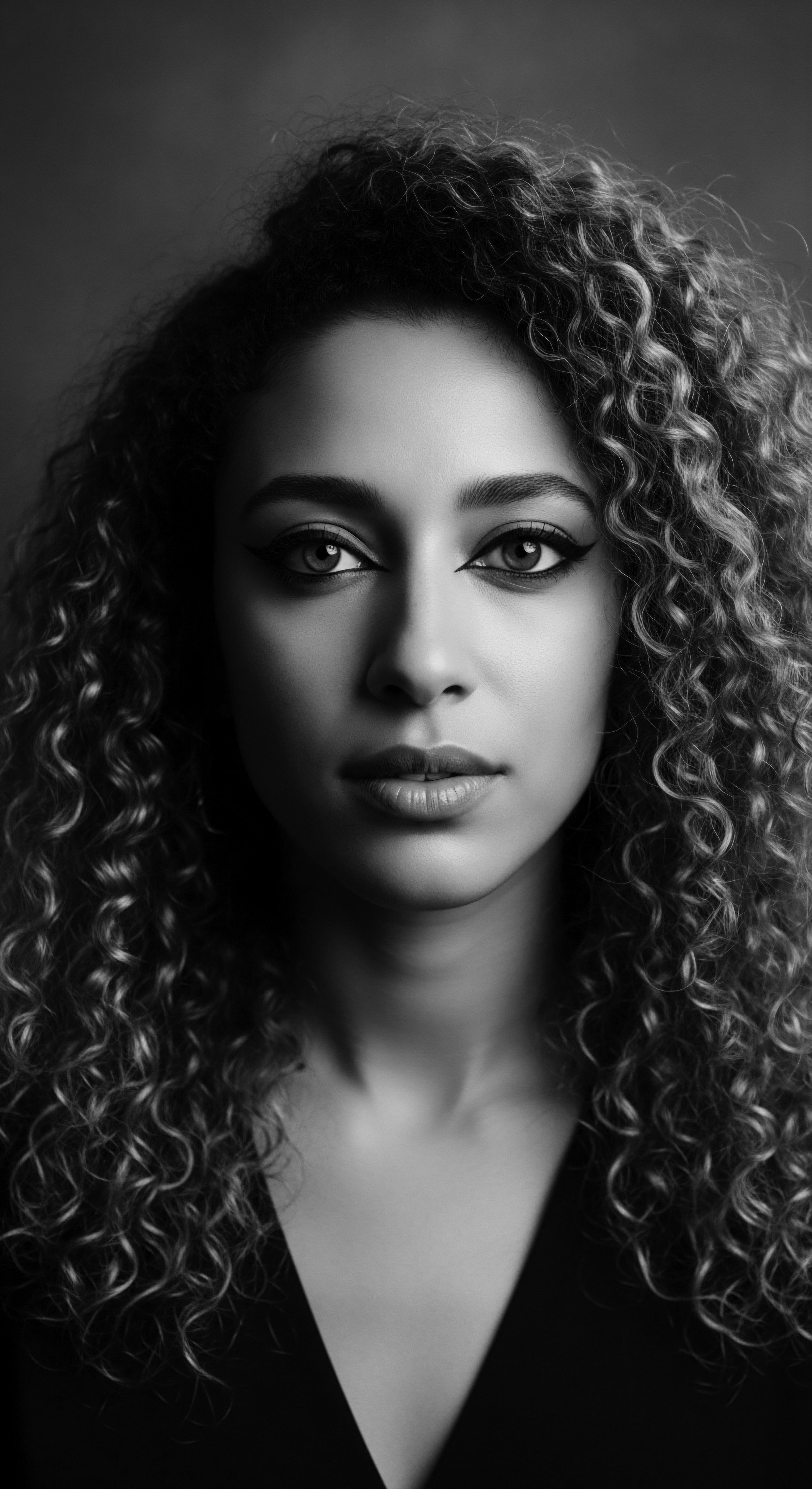
Champi Hair Ritual
Meaning ❉ The Champi Hair Ritual is a holistic practice of scalp and hair massage, deeply rooted in ancestral wisdom and integral to heritage-based hair care.

Which ancient ingredients support scalp health for textured hair?
Ancient ingredients like shea butter, amla, and moringa, rooted in ancestral wisdom, offer profound support for textured hair scalp health.

